As we stepped into the Tanjavur Palace, I was immediately transported back in time. The grandeur and splendor of the palace were truly awe-inspiring. Located in the heart of the bustling city of Tanjavur, the palace is a testament to the rich cultural heritage of the region.
The palace was built by the Nayakas of Thanjavur in the 16th century and was later expanded by the Marathas in the 17th century. The architecture of the palace is a mix of Dravidian, Nayak, and Maratha styles, making it a unique blend of different cultures.
As we walked through the palace, we were struck by the intricate carvings and sculptures adorning the walls and pillars. The palace has several courtyards, each with its own unique design and purpose. The Durbar Hall, where the king used to hold court, is particularly impressive, with its high ceilings and ornate decorations.
The palace also has a museum that houses a collection of artifacts and objects that provide a glimpse into the history and culture of the region. The museum has a wide variety of exhibits, ranging from ancient coins and pottery to weapons and musical instruments.
One of the highlights of my visit to the palace was the viewing of the famous Tanjore paintings. These paintings, which originated in the Tanjavur region, are known for their intricate details and vibrant colors. The palace has a collection of these paintings, which are a must-see for anyone interested in Indian art.
The entry ticket fees for Thanjavur Palace (also known as Thanjavur Maratha Palace) vary depending on the age and nationality of the visitors. As of my knowledge cutoff in September 2021, the following were the entry ticket fees:
For Indian nationals:
Adults: Rs. 50 per person
Children (below 12 years): Rs. 10 per person
For foreign nationals:
Adults: Rs. 300 per person
Children (below 12 years): Rs. 150 per person
It's important to note that these fees are subject to change, so it's always a good idea to check the official website or contact the palace authorities for the latest information before planning your visit. Additionally, there may be additional fees for camera or video equipment, so it's best to inquire about those fees as well if you plan to take photos or videos during your visit.
There is a car parking area available near the entrance of the Thanjavur Palace (also known as Thanjavur Maratha Palace) for visitors who are arriving by car.
Car parking fee: Rs. 20 per vehicle
The Tanjavur Palace, also known as Thanjavur Maratha Palace, has several courtyards that are known for their vibrant colors and intricate designs. One of the most colorful courtyards in the palace is the Saraswathi Mahal Courtyard.
The Saraswathi Mahal Courtyard is located in the center of the palace and is surrounded by a series of pillared halls. The courtyard is known for its colorful murals, which depict scenes from Indian mythology and history. The murals are painted in bright colors such as red, blue, green, and yellow and are a feast for the eyes.
The courtyard also has a beautiful garden with several varieties of plants and trees. The garden is designed in a traditional Indian style and has a central fountain that adds to the beauty of the space. The courtyard is also home to several peacocks, which add to the overall charm of the place.
The Nandi statue is located in the courtyard of the palace and is a popular attraction among visitors. The statue is made of black granite and is believed to date back to the 16th century. It is one of the largest Nandi statues in India, measuring around 12 feet in length and 9 feet in height.
The statue is intricately carved with intricate details such as the folds of the skin, the hair on the hump, and the jewelry on the ears. The statue is also adorned with floral motifs and other decorative elements, adding to its overall beauty.
The Nandi statue is considered an important part of the cultural heritage of Tanjavur and is revered by the people of the region. It is believed that Lord Shiva used to ride on the back of Nandi, and the statue is therefore considered a sacred symbol of the deity.
The palace has a dedicated gallery called the Kitchen Gallery, which is home to a vast collection of old utensils and kitchen equipment. The gallery is located in the northern wing of the palace and is a popular attraction among visitors.
The Kitchen Gallery has several sections, each showcasing different types of utensils and equipment. One section is dedicated to traditional cooking utensils such as pots, pans, and ladles made of brass and copper. Another section is dedicated to grinding and pounding equipment such as stone grinders and pestles.
The gallery also has a section dedicated to storage containers such as big earthen jars that were used to store grains, salt, and other food items. There is also a section dedicated to serving utensils such as plates, bowls, and cups made of brass and silver.
The old utensils in the Kitchen Gallery provide a glimpse into the culinary traditions and practices of the people of Tanjavur. They are a testament to the rich cultural heritage of the region and are an important part of the history of Indian cuisine.
The museum also has a gallery dedicated to sculptures, which has a collection of ancient stone sculptures dating back to the 9th century. The sculptures depict various Hindu deities such as Shiva, Vishnu, and Brahma, and are a testament to the rich cultural heritage of the region.
Here is a photograph of colourful walls and ceiling of museum inside Thanjavur Palace in Tamilnadu. The place is rich in colours and art.
Above photograph shows a huge Thanjavur doll in the background. Tanjavur Dolls, also known as Thanjavur Thalayatti Bommai in Tamil, are traditional Indian dolls that originated in the town of Thanjavur (Tanjavur) in the Indian state of Tamil Nadu. These dolls are made by skilled artisans who specialize in this art form and are popular for their intricate workmanship and attention to detail.
Tanjavur dolls are usually made of clay and are painted with bright colors and adorned with jewelry and other decorative elements. The dolls typically depict characters from Indian mythology such as gods, goddesses, and other mythological figures. They are also made to represent everyday life situations such as a bride and groom, a musician, or a dancer.
The making of Tanjavur dolls is a complex process that involves several stages. The first stage involves the creation of the clay structure of the doll. The artisans then paint the dolls using natural dyes and pigments. The final stage involves the addition of jewelry and other embellishments, which are made of materials such as beads, pearls, and gold foil.
Tanjavur dolls are not just decorative items, but they are also considered as an important part of cultural heritage and are used in various rituals and ceremonies. The dolls are also popular as souvenirs and gifts and are often given as gifts during weddings and other special occasions.
In recent years, Tanjavur dolls have gained popularity not just in India, but also in other parts of the world. They are considered as an important art form and are recognized as a symbol of Indian culture and tradition.
Apart from the Tanjavur Palace, there are several other attractions that you can explore while visiting the city. Here are some of them:
Brihadeeswarar Temple: This temple, also known as the Big Temple, is a UNESCO World Heritage Site and is one of the most famous landmarks of Tanjavur. Built in the 11th century by King Raja Chola I, the temple is dedicated to Lord Shiva and is known for its towering vimana (temple tower) and intricate carvings.
Saraswathi Mahal Library: Located inside the Tanjavur Palace complex, this library is known for its vast collection of ancient manuscripts, books, and artifacts. It has a collection of over 30,000 palm-leaf manuscripts in various languages, including Sanskrit, Tamil, Telugu, and Marathi.
Schwartz Church: This church, built in the 18th century, is one of the oldest churches in Tanjavur and is known for its unique Indo-Saracenic style of architecture. It was built by the Danish missionary, Reverend Frederick Christian Schwartz, who was a close friend of the Maratha king, Serfoji II.
Sangeetha Mahal: This music hall, located inside the Tanjavur Palace complex, is known for its acoustics and is a popular venue for classical music concerts. It has a unique design that allows the sound to be amplified naturally without the use of any electronic equipment.
Thanjavur Royal Palace Museum: Above photograph shows entry gate of the museum inside the palace. This museum, located inside the Tanjavur Palace complex, houses a collection of artifacts, paintings, and sculptures that provide a glimpse into the history and culture of the region. It has several galleries dedicated to different themes such as art, music, and weaponry.
Our visit to the Tanjavur Palace was an unforgettable experience. The palace is a true masterpiece of architecture and design, and it provides a fascinating glimpse into the rich cultural heritage of the region. If you're ever in Tanjavur, make sure to add the palace to your itinerary!
Related Blogpost -

 Delhi to Bhopal Road Trip - The very first day of our 14 days long trip through east coast of India || Noida to Rameshwaram
Delhi to Bhopal Road Trip - The very first day of our 14 days long trip through east coast of India || Noida to Rameshwaram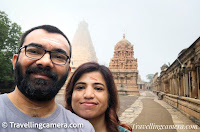 The Majestic Brihadeeshwara Temple: A Glimpse into the Architectural Brilliance of Thanjavur in Tamilnadu, India
The Majestic Brihadeeshwara Temple: A Glimpse into the Architectural Brilliance of Thanjavur in Tamilnadu, India
 Unlocking the Treasures of Saraswati Mahal Library in Thanjavur, Tamilnadu || Exploring India's oldest and most fascinating collection of manuscripts
Unlocking the Treasures of Saraswati Mahal Library in Thanjavur, Tamilnadu || Exploring India's oldest and most fascinating collection of manuscripts
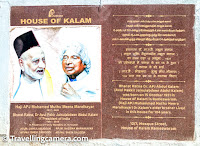 Exploring the Legacy of Dr. APJ Abdul Kalam at House of Kalam: A Journey through His Life and Achievements
Exploring the Legacy of Dr. APJ Abdul Kalam at House of Kalam: A Journey through His Life and Achievements
 Hotel Gokulam and Golden Minerva Coffee Cafe in Madanapalle, Andhra Pradesh, India || The town that provided us great food and a comfortable night stay
Hotel Gokulam and Golden Minerva Coffee Cafe in Madanapalle, Andhra Pradesh, India || The town that provided us great food and a comfortable night stay
 Exploring the Architectural Marvels and Historical Significance of Arulmigu Ramanathaswamy Temple in Rameshwaram, Tamilnadu : A Spiritual Journey Through Time
Exploring the Architectural Marvels and Historical Significance of Arulmigu Ramanathaswamy Temple in Rameshwaram, Tamilnadu : A Spiritual Journey Through Time
 Embracing the Serenity of Sunrise: Exploring Dhanushkodi in the Early Hours of the Morning | Tamilnadu Diaries
Embracing the Serenity of Sunrise: Exploring Dhanushkodi in the Early Hours of the Morning | Tamilnadu Diaries
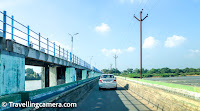





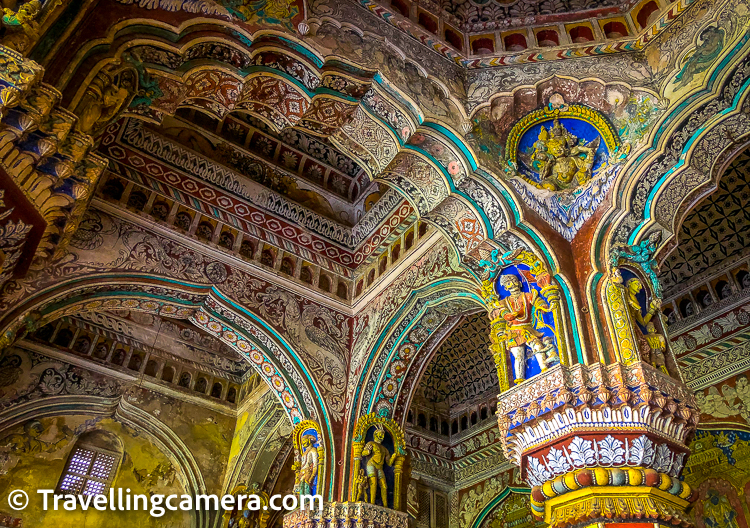

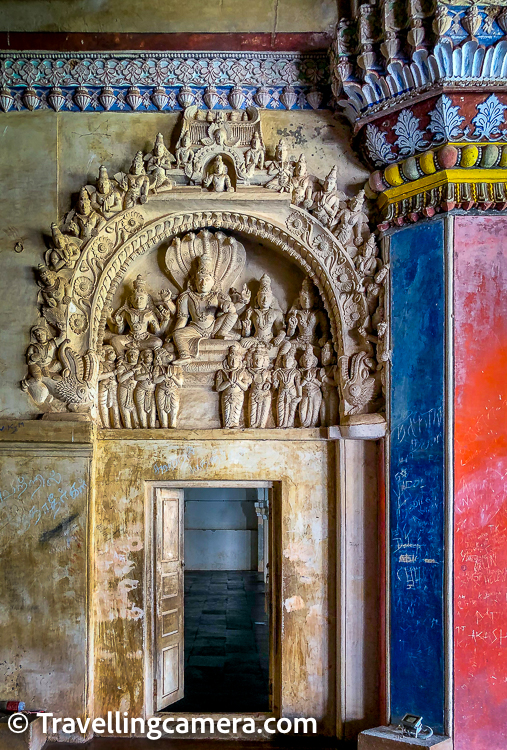



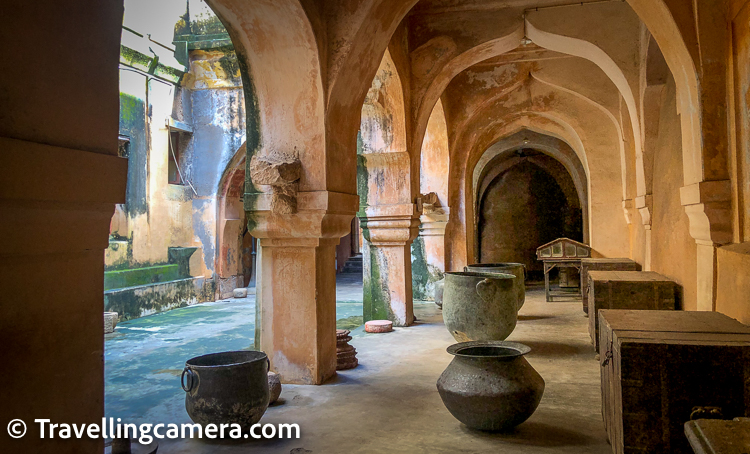

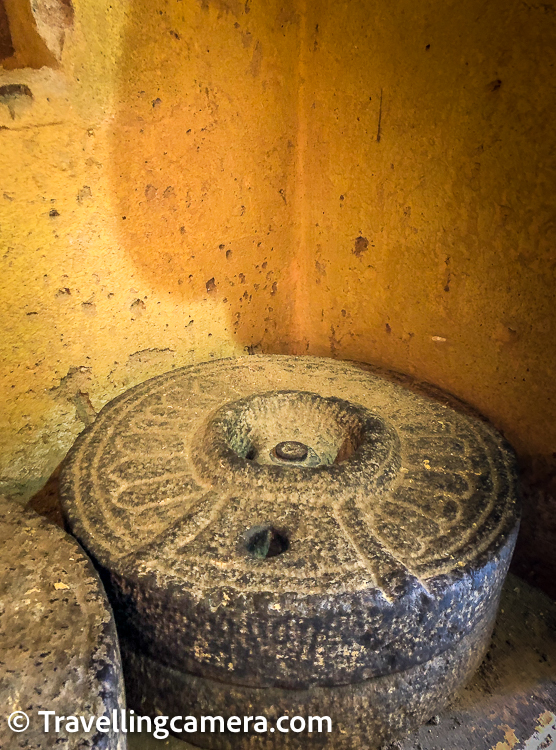

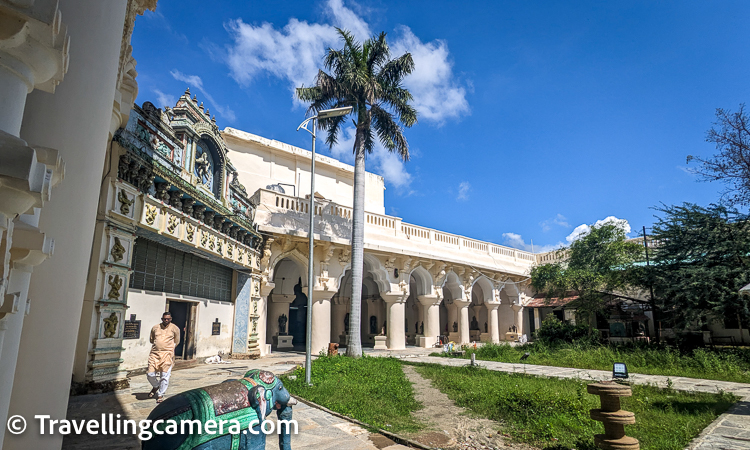
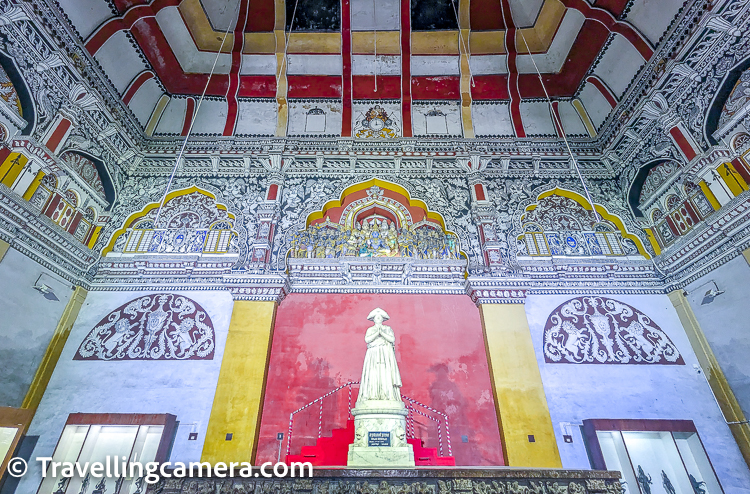





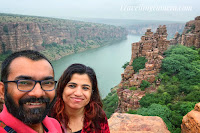

%20to%20see%20the%20Danish%20fort%20in%20Tamilnadu%20state%20of%20India-3.jpg)

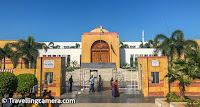






.jpg)
Comments